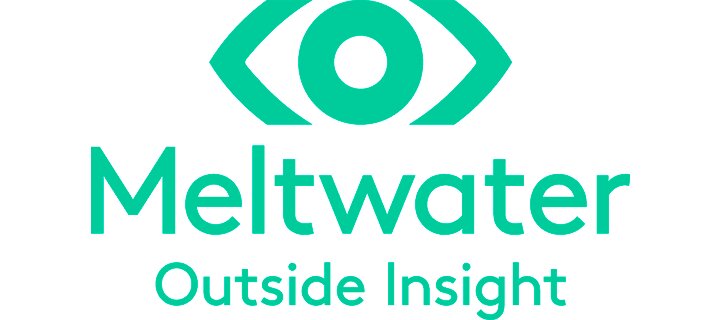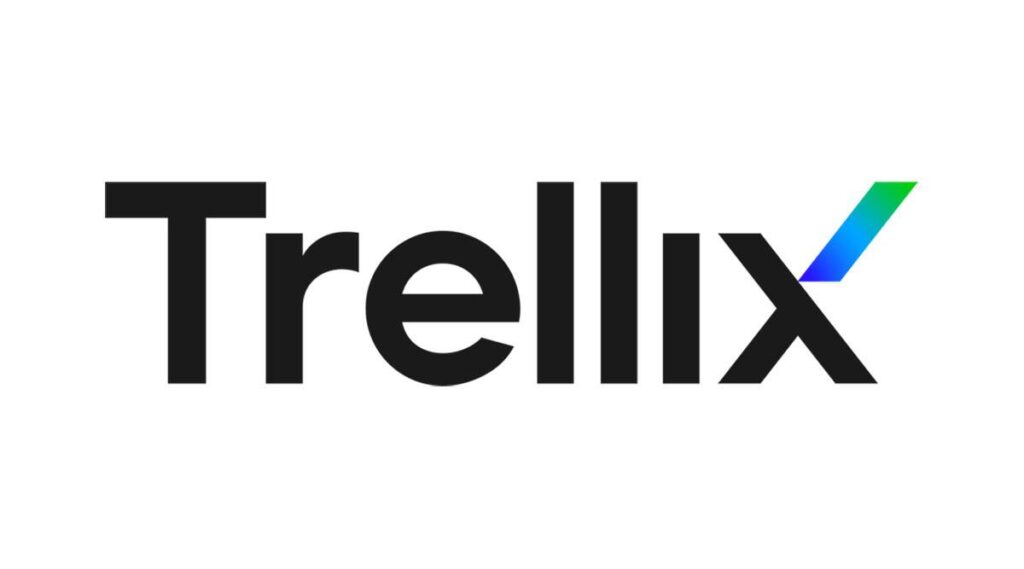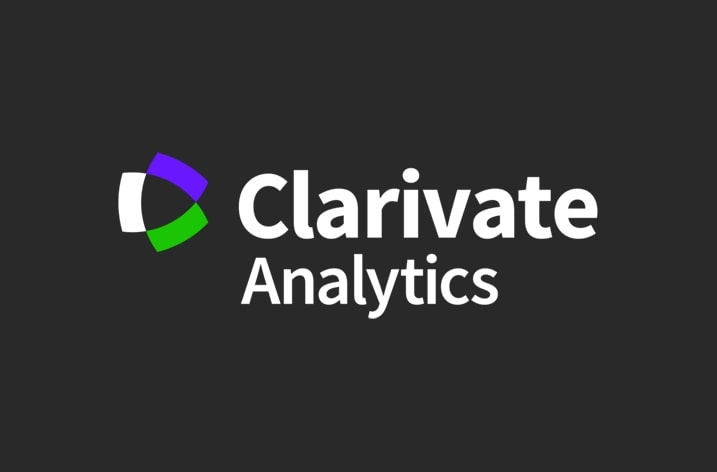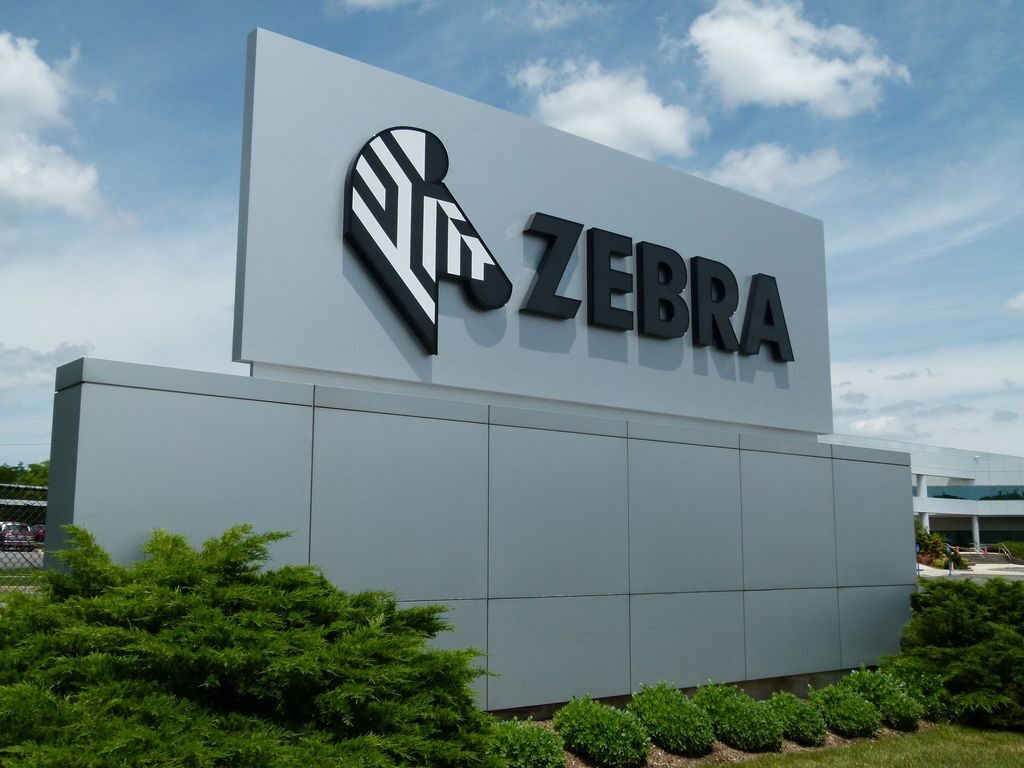Descartes Systems – A Company That Survived The dot-com Burst And Became One Of The Most Successful Canadian Tech Brands.
Descartes Systems is a famous logistics and supply chain management platform based in Ontario, Canada. It is a 40-year old company that is making remarkable innovations to offer cloud-based logistics solutions. Apart from its SaaS products, the company also has Descartes Global Logistics Network. Currently, its annual revenue is more than $400 million and it has also expanded to various international markets including Europe, America, the Middle East, the Asia Pacific region, and Africa. Descartes Systems has more than 24,000 customers worldwide who are managed by 1,800+ employees.
Early History
Descartes Systems was founded in 1981 but it became famous for making a remarkable turnaround after the collapse of the dot-com bubble. The company went public in 1998 and was listed on the Toronto Stock Exchange where its common shares were traded under the symbol DSG. One year after getting listed on the Toronto Stock Exchange, it also made it to the NASDAQ Stock Market and started trading under the symbol of DSGX. Entering the 21st century, as expected, Descartes’s share price peaked during the dot-com bubble and then crashed subsequently. Descartes, like every other company that was affected by the market crash, plotted strategies to survive. So, in 2001 Descartes decided to change its business model from offering full-featured enterprise software licenses to subscription-based products. Thus it became one of the first companies in the logistic sector to offer SaaS products.
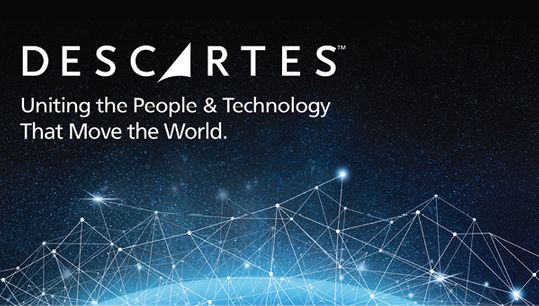
Surviving the Market Collapse
The next few years were followed by huge losses and the company came close to bankruptcy in 2004. In the need of restructuring the company immediately, it decided to lay off 35% of the workforce and wanted to bring a transformation in the corporate culture of the company. So, in 2005 Descartes Systems appointed Arthur Mesher as its new CEO. As the new CEO of the company, Arthur worked wonderfully because after years of losses in 2005 the company was again back to profitability. Under the leadership of Mesher, Descartes Systems was awarded the Best Canadian Corporation by the Canadian Business Magazine and Best Business Turnaround in 2006 by International Business Awards.
By 2015, Descartes became a very successful business as it was offering logistic services to more than 10,000 logistic-centric companies. It expanded its customer base as well as included ground transportation, airlines, retailers, distributors, and many more. Some of the major customers of the company are Air Canada, British Airways, Volvo, Del Monte, DHL, and American Airlines.
Acquisitions
After the company returned to profitability, it also started acquiring several companies. In 2006, Descartes acquired three companies, namely, ViaSafe, Flagship Customs Services, and Cube Route. All these companies focus on various customer management and supply chain purposes like filing software, logistics management software, etc. It again acquired a series of three companies in 2007 which are Ocean Tariff Bureau and Blue Pacific Services, Global Freight Exchange, and RouteView Technologies. Not all companies that Descartes was acquiring were based in Canada as some were based in the USA and Europe. In 2008, it acquired two USA-based companies namely, Pacific Coast Tariff Bureau and Mobitrac Fleet Management Business. Descartes has also acquired several Belgium-based companies like Dexx, Porthus, and Routing International. Some of the companies it has acquired in the last few years are STEPcom, Peoplevox, ShipTrack, GreenMile, NetCHB, etc.
Edward Ryan – CEO of Descartes Systems
Edward J. Ryan became the CEO of Descartes Systems in 2013 and he was also made a member of the Board of Directors in 2014. Ryan joined the company in 2000 after the company completed the acquisition of E-Transport Incorporated. Between 2000 to 2013, Ryan has occupied various management positions including General Manager of Global Logistics Network, Executive Vice President of Global Field Operations, and Chief Commercial Officer. He completed his education at Franklin & Marshall College.

Annasha Dey is an NIT student, who apart from studying engineering is also a content writer. She has a great interest in photography, writing, reading novels, and travelling as well. She is a foodie who loves socializing and hanging out with her friends. She is also a trained Kathak dancer and a big fashion enthusiast. Dey also loves watching TV series, which includes F.R.I.E.N.D.S. and Big Bang Theory. To be a better writer she prefers to read more
